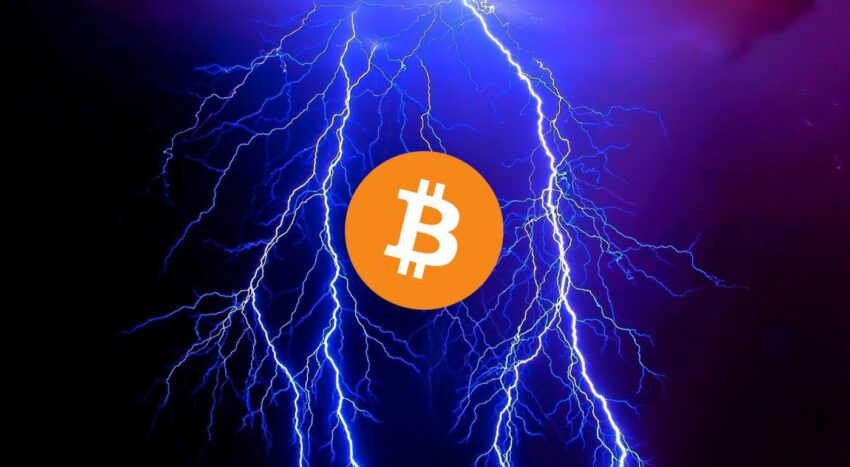When Satoshi Nakamoto published the Bitcoin whitepaper in 2008, the vision was clear: “A purely peer-to-peer version of electronic cash would allow online payments to be sent directly from one party to another without going through a financial institution.” However, as Bitcoin grew from an experimental technology to a global phenomenon, a fundamental limitation emerged. The blockchain could only process about 7 transactions per second, compared to traditional payment networks like Visa that handle 24,000. Enter the Lightning Network—Bitcoin’s most ambitious scaling solution that promises to fulfill Satoshi’s original vision of Bitcoin as everyday money.
Understanding the Scalability Challenge
To appreciate why the Lightning Network exists, we must first understand Bitcoin‘s scalability trilemma. Blockchain networks generally optimize for three properties: security, decentralization, and scalability. Bitcoin’s design prioritized security and decentralization, which came at the expense of transaction throughput.
As outlined in the 2016 Lightning Network whitepaper by Joseph Poon and Thaddeus Dryja, for Bitcoin to process the same number of transactions as Visa, it would require “over 400 terabytes of data per year” to be stored in the blockchain. This would make running a full node impossible for most people, undermining Bitcoin’s decentralization.
The problem became acute during Bitcoin’s growth spurts. In 2017 and again in 2021, transaction fees spiked to over $50 per transaction during peak congestion. The high fees made Bitcoin impractical for everyday purchases—nobody wants to pay $50 in fees to buy a $5 coffee. This fee pressure created demand for a solution that could handle small, frequent transactions without compromising Bitcoin’s security model.
How Lightning Network Works: The Technical Foundation
The Lightning Network is a “Layer 2” protocol that operates on top of Bitcoin’s blockchain. Think of it like building express lanes above a highway—the original road remains unchanged, but new infrastructure enables faster travel for those who need it. At its core, Lightning uses payment channels—a smart contract between two parties that enables unlimited transactions without touching the blockchain. Here’s how it works:
- Opening a Channel: Two parties create a multi-signature wallet and fund it with Bitcoin. This funding transaction is recorded on the blockchain.
- Transacting Off-Chain: The parties can now send payments back and forth by updating the balance sheet of who owns what in the channel. These updates happen instantly and privately between the parties.
- Closing the Channel: When finished transacting, either party can close the channel by broadcasting the final balance to the blockchain.
The magic is that whether you make 10 or 10,000 transactions within the channel, only two transactions hit the blockchain—the opening and closing. Further, if Alice has a channel with Bob, and Bob has a channel with Carol, then Alice can pay Carol by routing through Bob—even without a direct channel to Carol. This routing uses a clever cryptographic technique called Hash Time-Locked Contracts (HTLCs) that ensures Bob can’t steal the funds in transit. The payment either completes fully or fails entirely, with no risk of funds being lost or stolen along the way.
Real-World Adoption and Growth
The Lightning Network’s growth trajectory has been remarkable. According to data from 2023, Lightning adoption increased by over 1,200% between August 2021 and October 2023. This growth occurred despite Bitcoin’s price volatility, suggesting genuine utility rather than speculative interest. Key adoption metrics include:
- Network Capacity: As of 2024, the network holds over 4,400 BTC in 43,000+ channels
- Node Count: Over 11,500 nodes operate globally, maintaining the network’s decentralized nature
- Transaction Volume: Processing millions of transactions monthly, up from thousands in early 2021
- User Base: Estimated between 279,000 and 1.1 million monthly active users
Final Thoughts
The Lightning Network represents Bitcoin’s best shot at achieving its original promise of peer-to-peer electronic cash. By moving transactions off-chain while maintaining Bitcoin‘s security guarantees, Lightning offers a scaling solution that preserves decentralization.
From its conceptual origins in 2015 to processing millions of transactions today, Lightning has proven that Bitcoin can scale without compromising its core values. The network effects are beginning to compound—more users attract more merchants, which attracts more developers, creating a virtuous cycle of adoption.
The question is no longer whether Lightning can scale Bitcoin, but how quickly it will happen. With continued innovation, growing adoption, and improving user experience, the Lightning Network may well be the technology that brings Bitcoin to billions of users worldwide. The revolution in money that Satoshi envisioned is finally becoming reality—not on the blockchain itself, but in the lightning-fast payment channels above it.
Thanks for reading!
